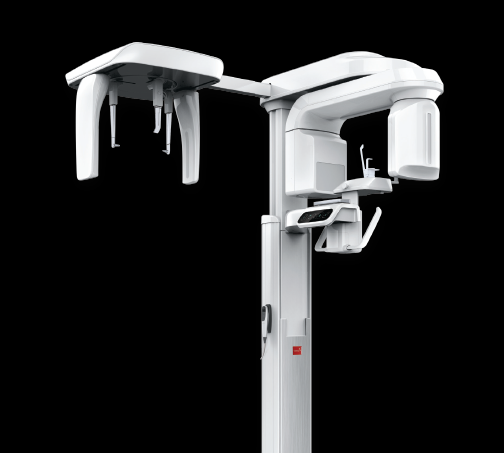- SA +27 12 665 2595 / +27 84 405 8025 | Nordic +45 7180 0462 | Mauritius +230 5949 4437
- GET QUOTE
- SHOP
- TECH SUPPORT
- WORKSHOPS
- PRODUCT REVIEWS
- CONTACT US
- Login
- HOME
- Find BIOLASE Dentist
- PATIENTS
- DENTAL
- Anaesthesia Systems
- Milling Unit * New
- Lasers >
- All Lasers
- Waterlase iPlus (All-Tissue)
- Aesthetics Fractional Handpiece
- Waterlase Express (All-Tissue)
- EPIC Pro (Soft-Tissue)
- EPIC 10 / X (Soft-Tissue)
- Epic Laser Whitening
- Epic Hygiene
- Hair Removal Laser
- Home Lasers (PBM 660nm)
- Laser Procedures
- Peri-Implantitis Side Firing Tip
- Dentist Testimonials
- Clinical Cases - Before and After
- BIOLASE Owner Support
- Book a Demo
- In-Practice Training
- Lunch & Learn
- Laser Workshops
- How-To Videos
- BIOLASE Owners
- X-Ray
- Intraoral Imaging
- Magnification
- Endo
- Surgical
- Scalers
- Curing Lights
- Woodpecker Range
- Seating / Chairs
- Chairs
- Air Purification
- 3D Printing
- Composites
- Product Range
- Request Quote
- MEDICAL
- VET
- TRAINING / HELP
- ABOUT
.png)


